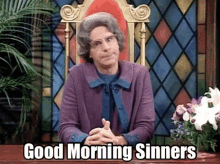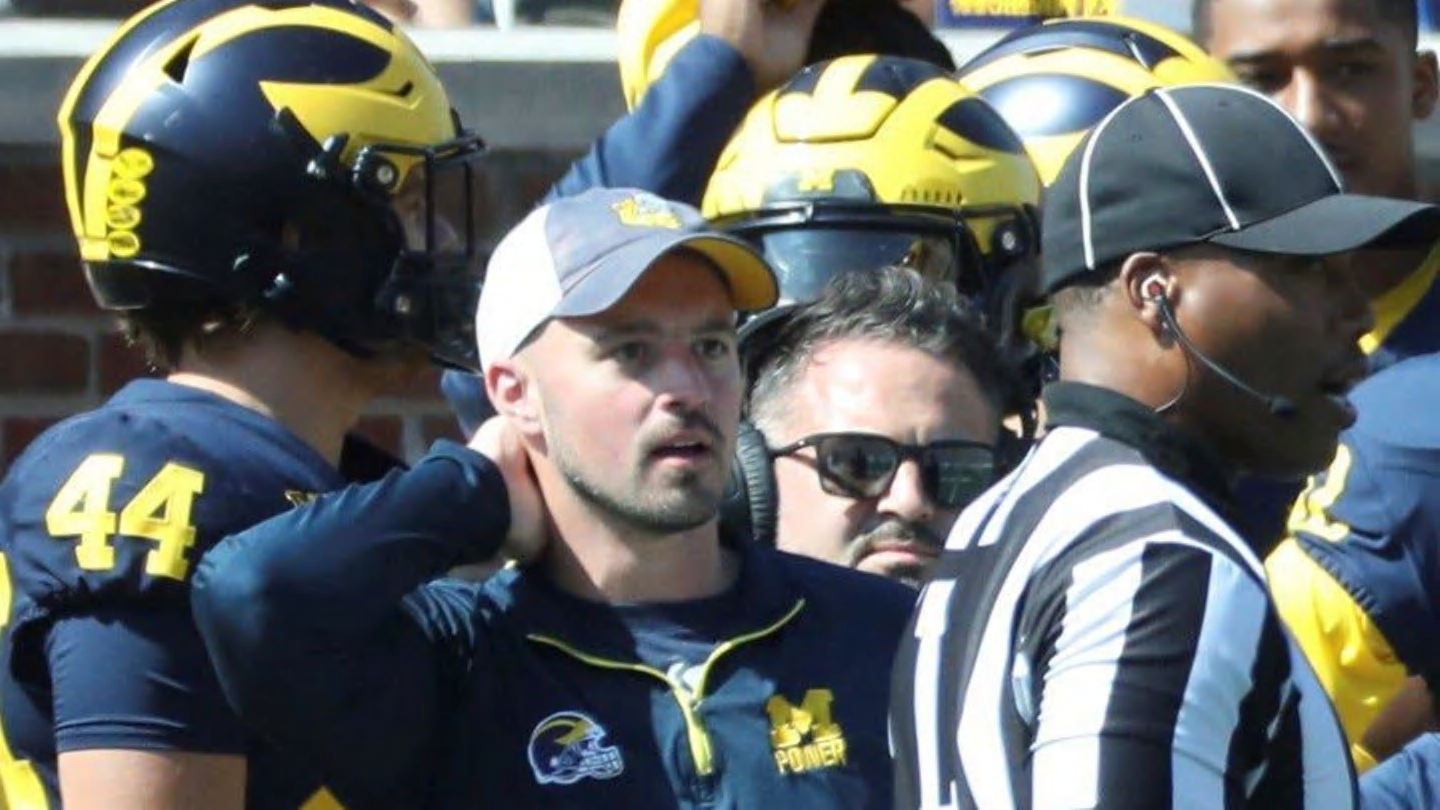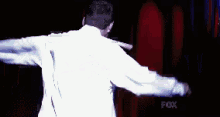It is not a courtroom and is out of the public eye. No new testimony will be introduced, lawyers are not able to cross-examine individuals, and unnamed sourcing is permitted. It is the only opportunity for both sides to air their findings and challenges in real time.
“Everybody walks away ideally with the feeling that I was heard, and a lot of times, it may be the first time during this process that folks do feel like they're heard,” said Clinton Speegle, an attorney with Lightfoot Law in Birmingham, Alabama, who has participated in four COI hearings and won an appeal, which is extremely rare. “The enforcement staff process is very secretive, and you could, as an individual, think you're being railroaded and that your voice is not heard. At least in my individual cases I've represented and institutions, too, it’s like we had our day to tell our story. Now, we may disagree with what the COI determines (several) months from now, but we had our day to tell our story.”
Once the hearing concludes, there’s no communication between the sides as the COI then works on the punishment phase. The NCAA has a penalty matrix that lays out penalties for different findings, such as Level I aggravation, standard or mitigation, and that has some wiggle room, but not much.
A COI hearing at its core is not well understood by the public. One lawyer, who asked not to be named, said that’s because the rules change “so frequently, and it's also behind a curtain.” The COI is comprised of individuals drawn from the membership or independent sources. Most have legal backgrounds.
About two weeks before the COI hearing, everyone involved in the case receives documents with information from the investigation. Those attending typically include the university president, in this case interim UM president Domenico Grasso, the former chancellor of the University of Michigan-Dearborn, who recently replaced Santa Ono. Athletic director Warde Manuel, the university’s outside lawyers and Michigan’s general counsel are expected to be there, as well as those named in the Notice of Allegations — Harbaugh, Moore, Stalions, former linebackers coach Chris Partridge and staffer Denard Robinson. While their attendance has been requested, it does not mean they all will appear. The enforcement staff is represented by three people: the primary investigator on the case, the director who oversaw the investigation and the vice president of enforcement.
Harbaugh will not attend the hearing, according to his lawyer Tom Mars.
"He probably doesn't even know a hearing is going in," Mars told The Detroit News. "He's probably tending his chickens in L.A. or taking them to the beach."
Speegle said that from his experience, this week heading into the COI is devoted to Michigan’s lawyers prepping, doing mocks and giving their clients every possible question.
“I always like to tell my clients I'm going to make the mock harder than the real thing,” Speegle said. “I'm gonna box you in and ask the toughest questions you could possibly get.”
The Michigan contingent likely arrived Thursday, he said, to get settled in. The hearing is held in a large room and at the front, the COI members sit with the chairperson in the middle. Typically, the university members sit to the left facing the COI, with the president sitting closest next to the athletic director, and then the outside counsel, and then to the right sits the current head coach. Across the room will be the enforcement staff, including Jon Duncan, the vice president of enforcement and then the investigators and other staff members. Facing the COI are the at-risk individuals, Speegle said, and their lawyers behind them. An at-risk individual will not be in the room until his part of the case is discussed. A stenographer records the discussion.
“Upon entering the room, it's a very formal thing, but it's collegial,” Speegle said. “At the start, we walk up and we everyone shakes hands. We'll go and talk to all the individuals that are on the COI, and I tell all the clients, the AD, the president and the head coach, just go introduce yourself and be kind. Say you look forward to letting them hear our story.”
At the start of the hearing, formal language about the bylaws is read. Usually, the first person to speak is the university president, and Speegle said that sets the tone describing how the university reacts to the charges and facts from the investigation. Each individual facing violations also has a chance to speak.
The COI then begins reading the allegations with the facts to support them and Michigan responds. Once all of the at-risk individuals have spoken, the committee starts lobbing questions and the lawyers representing Michigan can ask questions. There’s no direct communication, however, between the lawyers and enforcement staff. One aspect frustrating to Speegle, he said, is that it is not uncommon for the NCAA to have unnamed sources.
The COI then gets to the meaty part of the case, and that’s the Level I aggravators and mitigators. By that point, Speegle said the committee members already have a feeling where each violation falls in the penalty matrix.
“It's probably the most important, often overlooked part, arguing the additional mitigators that we believe should apply and why certain aggravators should not apply,” Speegle said.
Closing statements, which typically are short, conclude the hearing.
“You don't really get a read when you leave the room,” Speegle said.
Speegle said he doesn’t believe the COI holds grudges.
“I do think the COI genuinely cares about getting it right,” he said.
After the hearing, there is no communication between the parties. The university then waits for the final response. Manuel has said he thinks this will be over by the end of summer, and with the possibility of suspension for Moore, it seems likely the NCAA will issue penalties before the start of the season.
“This is definitely a priority for that group,” one lawyer with considerable experience in the NCAA space said of Michigan’s case. “I would expect sooner than later, but there's no set time frame.”
It is a complete unknown what the specific penalties might be. The lawyer said vacating wins is generally for cases in which an ineligible player participated. A postseason ban would occur if a Level I aggravation is determined. That carries a one- to three-year ban. Standard would be zero or one year, and mitigation would be no ban. There are several factors involved in determining the Level I, including “exemplary cooperation” from the university. A repeat offender, however, no matter if there has been that exemplary cooperation, might also receive a postseason ban.
“Generally, they are a risk-averse bunch who will stick to whatever box that falls in the matrix, but there’s already a lot of discretion for them there,” one lawyer said, referring to the NCAA.
The NCAA has the option for additional penalties for Level I and Level II violations that may include game suspensions. An institution can go through an appeals process once the punishments are announced
 mgoblog.com
mgoblog.com






















